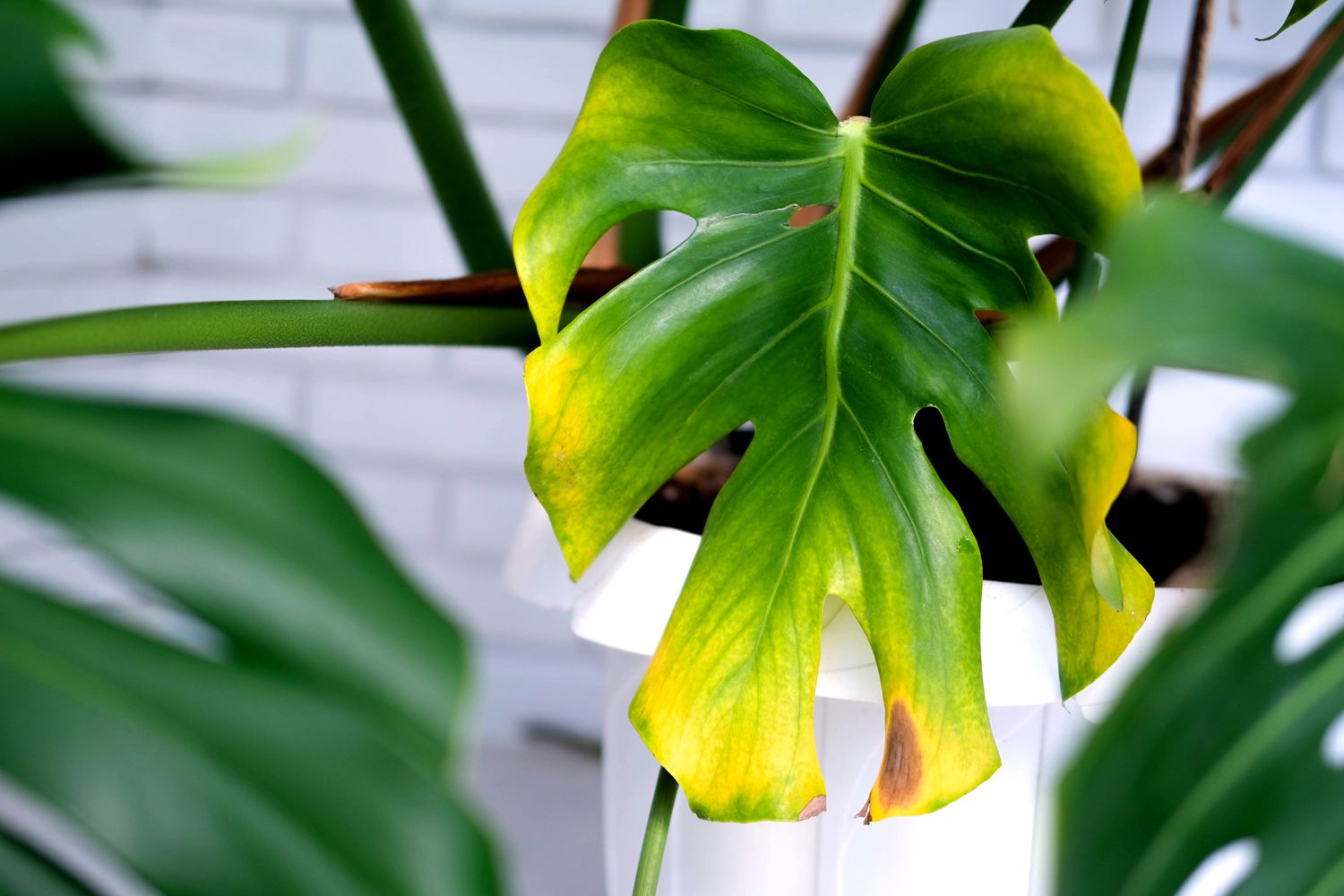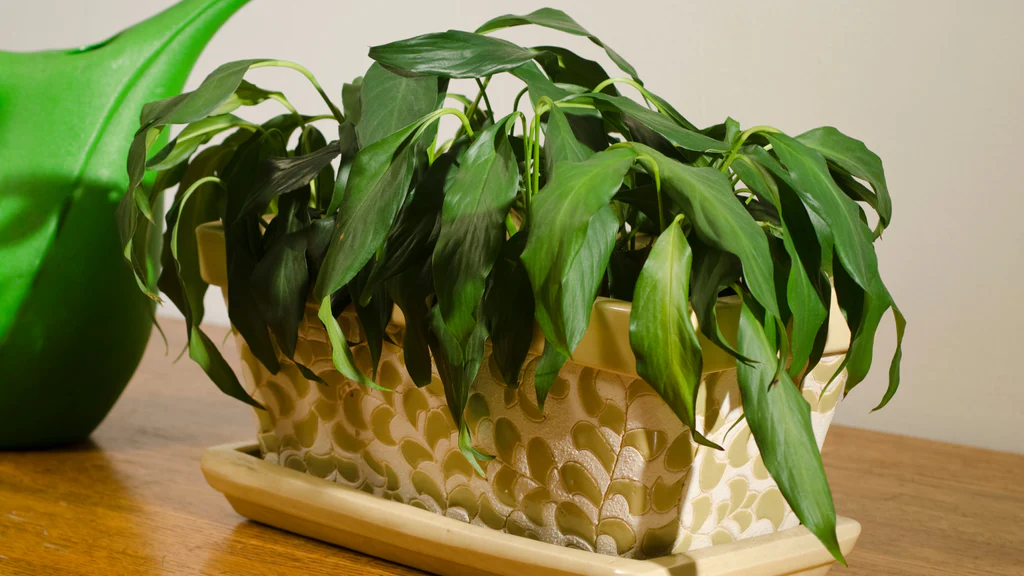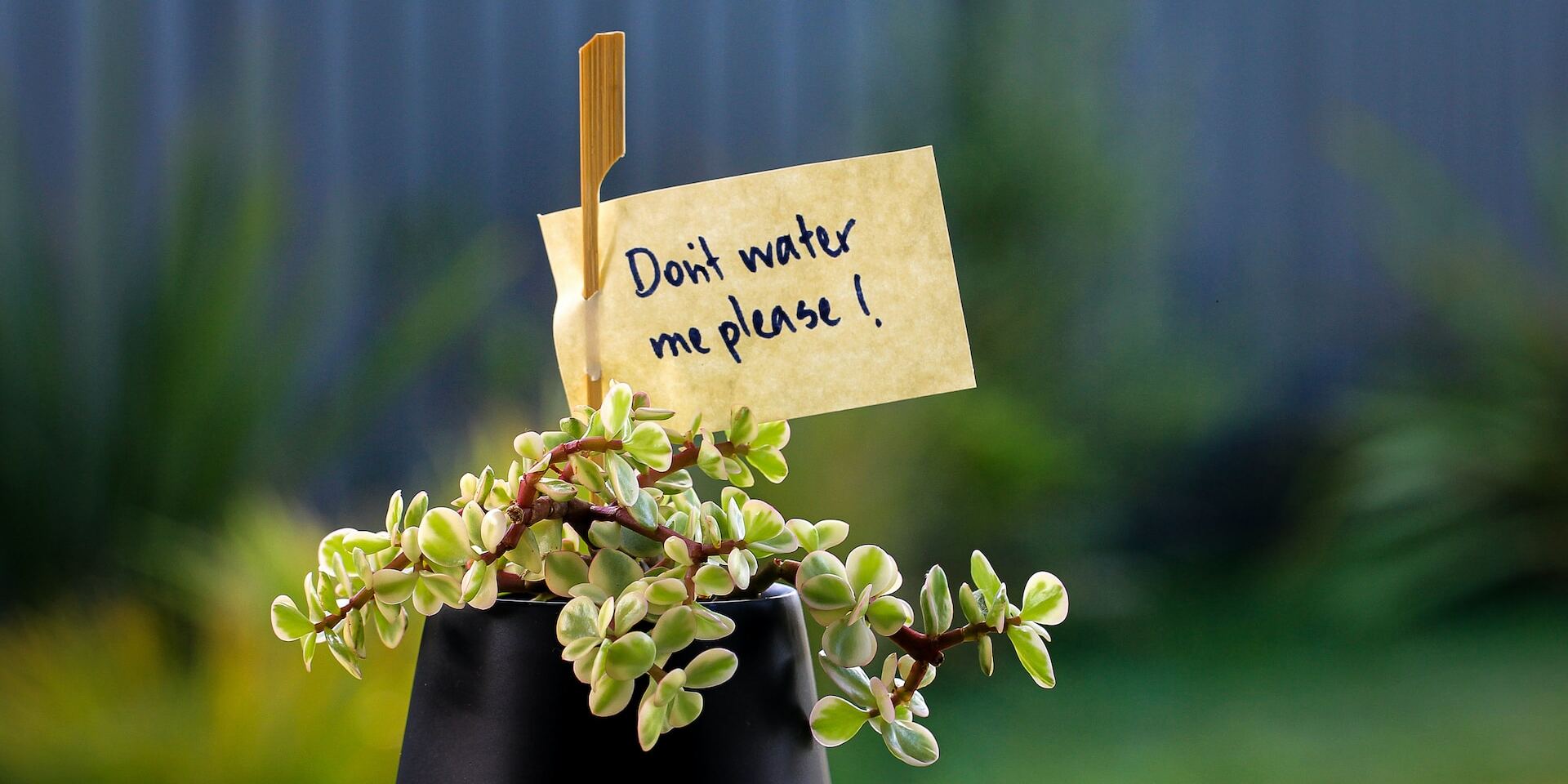So, you've finally got the plants you've been dreaming of. They're all lined up, looking spectacular in their pots, ready to fill your space with some green zen. But here's the twist in our botanical story: plants, unlike us after a long hike or an intense workout, don't always crave a good drenching.
Over-watering is a common (and slightly ironic) way we end up harming our green buddies.
In our quest to give them the best care, sometimes we might be giving a bit too much. Dive in as we discuss how to sidestep the over-watering pitfall.
Understanding over-watering: It's not just about quantity
Let's clear the air first. Over-watering doesn't just mean you're pouring too much water into the pot at once. It can also refer to watering too frequently.
Some plants, especially drought-tolerant ones like succulents and cacti, often prefer to be nearly dry before getting another drink.
Before you set a watering routine, research your plant's native habitat. A cactus, used to arid desert conditions, won't appreciate the same watering regimen as a fern from a rainforest.
Signs you might be over-watering your plant

Before we jump into the strategies to prevent over-watering, let's identify the signs that you might be a tad too generous with your watering can:
- Yellowing Leaves: It's not autumn indoors, so if your plant's leaves are turning yellow, it might be a sign.
- A Musty Smell: Sniff out for mold or a mildew-y scent around your plants.
- Mushy Stems or Leaves: They aren't aiming for a squishy feel.
- Pest Invasion: Overly moist conditions can attract unwanted guests, like fungus gnats.
Strategies to avoid over-watering

1. The finger (or stick) test
Sometimes the simplest methods are the most effective.
Insert your finger or a stick about 1-2 inches into the soil. If it feels wet, hold off on the water. If it feels dry, it's watering time.
It's an especially helpful trick for plants like Monstera Deliciosa or Spider Plants which don't like to be too soggy or too dry.
2. Weighing in
Empty pots have a different weight from watered pots.
Once you've watered, lift the pot to get a feel for its "watered weight". As the soil dries out, the pot will become lighter.
This method is great for drought-tolerant plants like Snake Plants and ZZ Plants.
3. Drainage is king
Ensure your pots have drainage holes.
This simple step ensures that any excess water has a way out, reducing the risk of root rot. When water sits at the bottom of pots, it creates a swamp-like environment — not ideal for most plants.
4. Know your watering can
Bigger isn't always better.
Sometimes, a smaller watering can helps you control the amount of water you're giving each plant.
5. Set a schedule (but be flexible)
A routine is excellent, but don't let it blind you.
Your Fiddle Leaf Fig might love water every week during the growing season, but come winter, it might prefer to "let it dry" a little more between waterings.
6. Consider self-watering pots
"Thirsty plants? Not on our watch!"
In today's bustling world, amidst the rush of work, social obligations, traveling, and the myriad of daily tasks, it's easy for things to slip our minds. And for those on the forgetful spectrum, even our cherished plants can occasionally fall victim to neglect. Enter the solution: self-watering pots.
These are more than just containers; they're an integration of design and functionality, specifically catering to our modern lifestyles.
Embrace under-watering (Sometimes)

Watering is a balancing act, and sometimes, less is more. While the instinct to quench our plants' thirst comes from a good place, it might not always be what they need. Here's a perspective that might seem surprising: occasionally under-watering can be more forgiving than its counterpart.
Most plants can recover from a lack of water faster than from being drowned, that's the reason why under-watering can be preferable. When a plant is under-watered, it might drop a few leaves or appear a bit droopy, but once rehydrated, they generally perk up. Over-watered plants, on the other hand, may suffer from root rot, a condition that's harder to bounce back from.
Certain plants have evolved to handle periods of drought exceptionally well, we like calling them drought-tolerant champions. Succulents, for instance, store water in their leaves, allowing them to survive extended dry spells. Lavenders, with their silver-green foliage, hail from the Mediterranean region and are used to periods of dry weather followed by heavy rain. These plants not only bounce back quickly from drought but might actually prefer it to being consistently moist.
If you're uncertain about your plant's watering needs, lean towards under-watering. Monitor your plant's response, adjust accordingly, and always remember to check the soil moisture before watering.
Final thoughts
Observation is your best tool.
Your plants will communicate with you, albeit not with words. Observe them, and over time, you'll start to recognize their signs of happiness or distress.
Whether you're a budding plant parent or a seasoned green thumb, remember, everyone makes mistakes. The trick is to learn, adjust, and grow — just like our leafy companions.
And remember: "When in doubt, let it dry out!"
